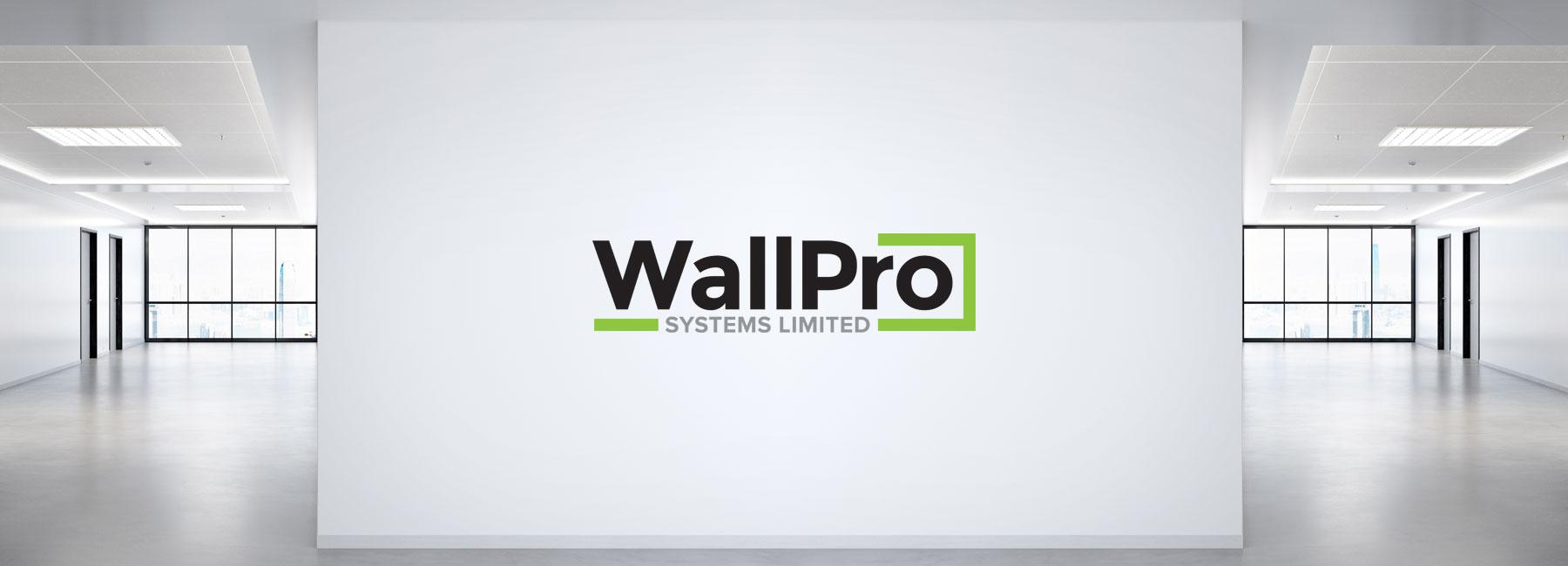2024
Wall Protection for Elderly Care Facilities

In elderly care facilities, the structure and materials of walls are often overlooked, yet they play a critical role in safety and efficiency. Without the right type of protection, the walls in senior care facilities can quickly become breeding grounds for bacteria, especially in high-traffic areas such as corridors and common spaces.
This is simply not an option for senior care facilities, where many of the residents have compromised immune systems.
The Importance of Anti-Microbial Cladding
Anti-microbial cladding is an essential feature in wall protection for elderly care settings. These surfaces work by incorporating substances that inhibit germ growth on their surface, actively preventing bacteria and mould.
They are also non-porous, which means they do not have any tiny openings where germs and dirt typically settle or multiply. This smooth surface also minimizes maintenance efforts by reducing the amount of cleaning needed to maintain hygiene standards.
Wall Protection in Senior Care Facilities Must Be Durable
In senior homes, where individuals might use wheelchairs or walkers, scuff marks, accidental impacts, and bacterial accumulation on walls are common issues that require durable solutions.
High-traffic areas like dining halls and corridors require wall protection that can withstand daily wear and tear without showing signs of damage or deteriorating in quality.
The type of wall and protective cladding chosen for elderly care facilities makes a big difference, and with proper wall protection in place, these spaces remain inviting and functional over time, enhancing the quality of life for everyone in the facility.
WallPro, based in Surrey, BC, provides and installs specialized wall coverings to meet stringent standards for sterile or hygienic purposes.
If you have any questions about this article or would like to talk to us about specialized wall systems for your business, please call us at (778) 746-6286.


 November 28th, 2025
November 28th, 2025
 October 27th, 2025
October 27th, 2025


